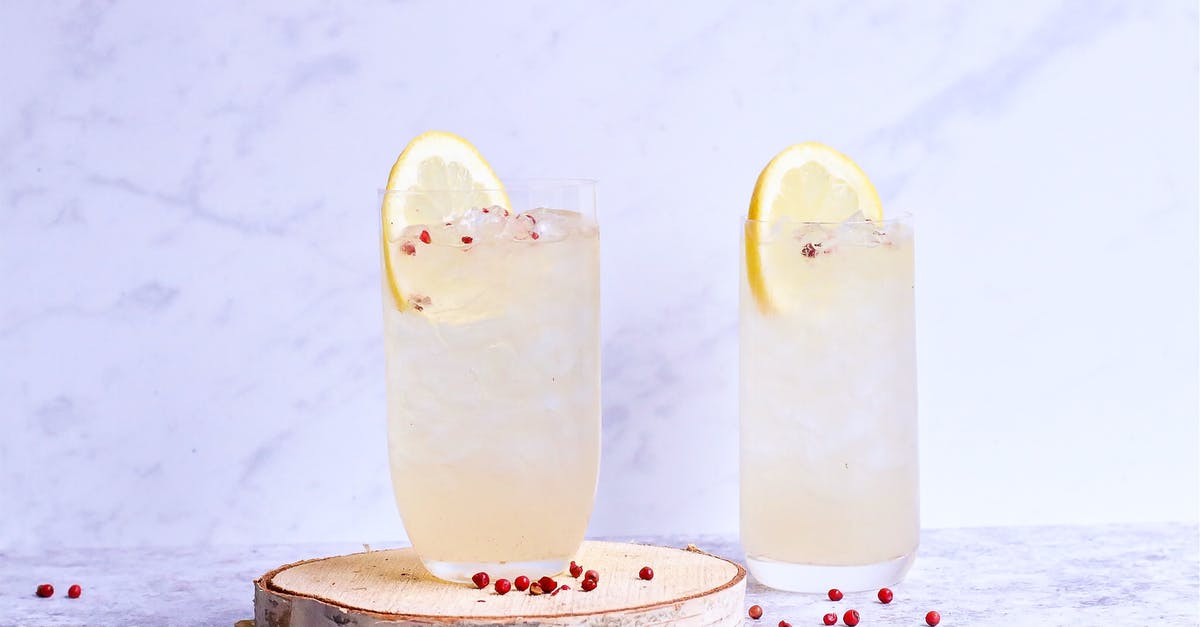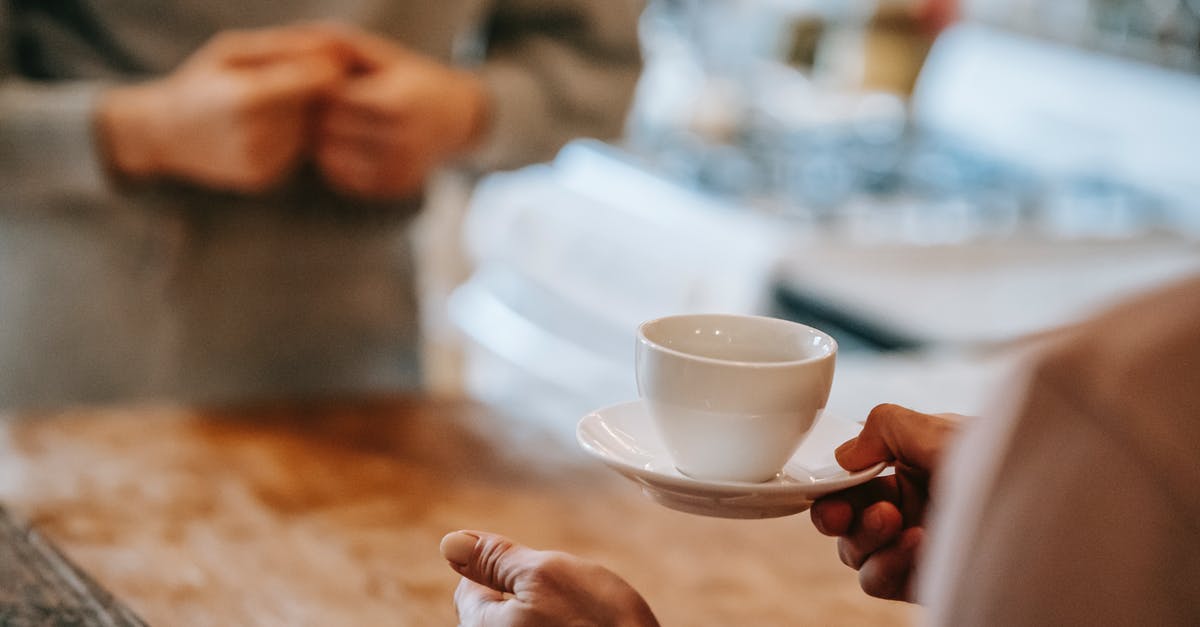Minimum time/temp for clove-flavor infusion?

I'm tweaking a recipe for cooked eggnog. The first step is to bring a combination of milk, light cream, and cloves to a scant boil. After that, the cloves are discarded.
I want to see if I can get similar results without having to get that mixture so hot. But I'm concerned that a lower temperature won't extract as much flavor from the cloves.
Is there a good source of information for this?
Maybe this is unrealistic, but ideally I'd like to know, for a given cooking spice, what the trade-off curve is for (cooking time) x (max cooking temperature) x (size of grounds) vs. (amount of flavor extracted).
So far I've only found guides for how to create liquid extracts for various kinds of spices, e.g. here. But they all focus on creating extracts for later use, rather than directly infusing the flavors into something presently being cooked.
Best Answer
The formula you are looking for doesn't exist
Speaking in general terms, I don't think you'll find a one-size-fits-all answer for spice-temperature infusion times. Different spices will react differently with water vs fat vs alcohol. Spices (and foods in general) are complex plants where certain compounds give certain attributes, and those attributes will change depending on what you do to the spice.
Cold-infused vs hot-infused can give different flavor profiles. Hot coffee vs cold brew coffee is a good example of how varying time & temperature gives dramatically different flavor results, even given identical ingredients.
About that eggnog though
I always remember something a science teacher told our class when I was very young: "Whether you're making a solution, or dealing with more complex reactions, the three basic ways to speed them up are to shake it, break it, or light it on fire!"
Speed -- This is a key part, in that time is a factor. If you just let cloves sit in milk, eventually they (might) infuse sufficient flavor, even at fridge temp. But given the relatively short shelf life of milk & cream, time is not unlimited, so quicker is better. So time is a factor to consider.
Shake it -- Stirring, swirling, shaking, and agitating all count here. Stirring prevents a build-up of a gradient where the "stuff" saturates the liquid touching it, while the liquid at the other parts of the container are still virgin. I don't think that you can stir your way to extracting flavor from cloves into cold milk, though.
light it on fire -- More generally, this just means heat. This is the thing you're trying to do less of. You could try heating less, but for a longer time.
break it -- This seems like it might be the best choice in your case. Just use ground clove. It'll give off it's flavor much more readily due to the increased surface area. If it is finely ground, you can leave it in the finished product without completely removing it.
A combination of lower heat + using ground clove might get you to your end goal. But keep in mind that heat does more than just infuse flavors. The milk will change by being heated, and that might have downstream effects on the recipe, including the point where the eggs meet the milk. :)
Pictures about "Minimum time/temp for clove-flavor infusion?"



More answers regarding minimum time/temp for clove-flavor infusion?
Answer 2
I want to see if I can get similar results without having to get that mixture so hot.
Most if not all Western cooking systems call the technique of bringing milk or cream just to the precipice of a simmer scalding. It gives uncooked dairy some depth and sweetness (like in cafe au lait) and/or helps infuse aromatics like herbs, spices, onions, garlic, etc. I've never seen anyone recommend boiling for this purpose— dairy colloids are pretty heat sensitive, and anything lighter than heavy cream decoagulates pretty quickly at a boil. To scald, You need only bring it to 180F/185F, or until you'll see tiny foamy bubbles forming at the milk line on the pan wall.
Reasoning about the ratios of time to temperature to mass is the right line of thought, but your most effective tools will be experimentation, good taste, and intuition. You needn't be that precise unless you also know the specific aromatic compounds you want to extract, their solvents and heat volatility, what the temperature delta should be, ambient pressure, humidity, etc. I reckon that's the land of food chemists who have GC-MS equipment and centrifuges at their disposal. For things like this, you've passed the point of diminishing returns once you've spent more than you would have on an extra carton of tester milk.
(That said, a good instant-read thermometer is a very good investment, and Dave Arnold, owner of the now-closed Booker and Dax, recently released a consumer-grade centrifuge for cocktail enthusiasts!)
If I wanted to maximize clove flavor in milk using only real cloves rather than clove oil or something, the first thing I'd consider is whether or not appearance mattered. If not, I'd experiment with clove powder by adding a tiny bit, letting it steep, adding a little more, etc. until you got it in the ballpark, and then use a fresh batch of milk to test your final ratios. If the little specks would throw off the appearance too much and per-recipe cost isn't a huge factor, just double or triple, etc. the number of clove buds you add. IF cost is a significant factor, you can always try infusing with powder and straining through a fine-meshed sieve, cheese cloth, clean kitchen towel, or even coffee filter— though even scalded milk might be tough through a fine coffee filter.
Also, time is a significant factor! If you don't get enough scalding it as the recipe stated, turn off the heat and leave it covered for two or three times the recommended amount. Maybe even turn the heat back on super low and keep it warm. As long as you don't get it too hot or let too much water evaporate, it should be stable hot in the pan. (The FDA prudently says to make sure it's not between 40 and 140 for more than a couple of hours, and not between 70 and 125 for more than an hour.) My gut says covering it and leaving it in the fridge overnight would increase the clove flavor a bit, but I've not tested that at all. It would also increase the "your fridge" flavor a bit in the wrong container.
Of course, now that I've typed all of that out, the first step would be to just try scalding it without boiling it and seeing if your results were satisfactory. TBH they probably will be.
Answer 3
Thanks everyone! Here's my takeaway from the comments so far:
Practically speaking, experimentation with iteration is still my best bet.
Bringing the milk to a boil is probably unnecessary. My next experiment should cap the temperature at 180/185 F.
If that doesn't work, consider some combination of
(a) a longer and lower simmer
(b) grinding / pulverizing the cloves (perhaps filtering them out later)
(c) Or just use a clove extract
Answer 4
Cream and cloves first.
You have milk, cream and cloves. The cream will do fine extracting the clove oil by itself because it is fattier. Boil your cream and cloves until you smell the cloves. Then add the milk.
The milk will cool it down so the whole thing is not so hot. The clove flavor in the cream will mix with the milk. Discard cloves as with the original.
Sources: Stack Exchange - This article follows the attribution requirements of Stack Exchange and is licensed under CC BY-SA 3.0.
Images: Karolina Grabowska, Geraud pfeiffer, Karolina Grabowska, Gary Barnes
